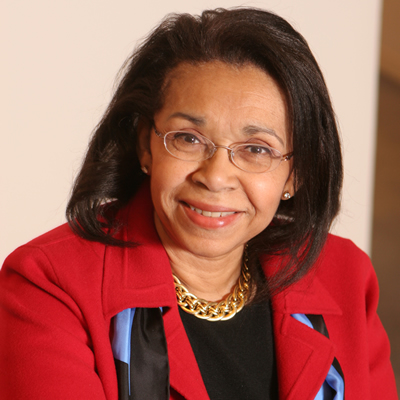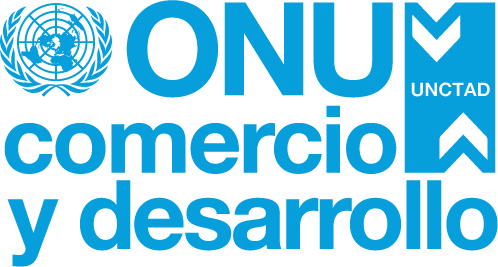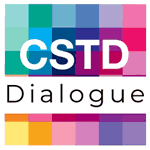Written byShirley Malcom, Head of Education and Human Resources Programs at the American Association for the Advancement of Science (AAAS)
When Johns Hopkins Medical School opened its doors in 1893 it was co-educational, unusual for its time and at odds with the wishes of its founding dean. But the four women who raised and donated the money to establish the institution required that the school provide equitable access to medical education for men and women.
Had the male leaders of the institution had any other choice, they would have exercised it. But pragmatism prevailed, and they took the money. Interestingly, they also required the new medical school to only accept people with college degrees and courses in biology, chemistry, physics, and more. The women wanted excellence as well as equity to prevail.
Several individuals who were slated to teach in the new school remarked that it was fortunate that they had been selected as faculty because they would not have been qualified to enter as students!
This is an interesting example of “the golden rule” of funding: those who have the gold can make the rules, including requirements that support gender responsiveness.

While it is up to each person soliciting funding to determine if they can live with the conditions, the reality is that donors can place requirements on their gifts.
Institutions That Are Supported
For a proposal to U.S. federal funding agencies, the requesting institution must demonstrate that it does not discriminate on the basis of many demographic characteristics, including gender, race and ethnicity.
Private foundations sometimes go even further, asking for diversity statements and demographics of the board and leadership of the requesting organization or institution.
While diverse leadership can still have policies and practices in place that disadvantage women, these data can provide a first signal of whether there may be gender responsiveness.
Projects That Are Supported
Many fields have areas where gender is a specific research consideration, such as work in the social, behavioral and economic sciences, biology, health and medicine.
It is reasonable that such projects be required to explain the gender dimensions of the research, including plans for collecting, analyzing and reporting gender disaggregated data. And any project, independent of field, can be asked to disclose the gender of the research team and how they will be selected to ensure diversity.
Research Ecosystem
There are many opportunities to put gender responsive policies in place in the research ecosystem including: in setting requirements for the research agenda; in review of proposals; in selection of reviewers; and in monitoring the outcomes, such as analyzing success rates, average grant sizes and demographics of award recipients.
As a member of the National Science Board, the policymaking body of the U.S. National Science Foundation (NSF), in the late 1990’s, I worked to revamp the criteria for proposals to be awarded by NSF.
Our decision to consider technical merit and broader impacts was mildly controversial at the time but is today taken for granted, opening the door for the idea that policies can encourage gender responsive action while ensuring excellence in our science.
Equity and excellence are indeed compatible goals.
What must be done to ensure that the potential offered by science, technology and innovation towards achieving the SDGs is ultimately realized?
In the context of the UN Commission on Science and Technology for Development, the CSTD Dialogue brings together leaders and experts to address this question and contribute to rigorous thinking on the opportunities and challenges of STI in several crucial areas including gender equality, food security and poverty reduction.
The conversation continues at the twenty-second session of the CSTD and as an online exchange by thought leaders.




